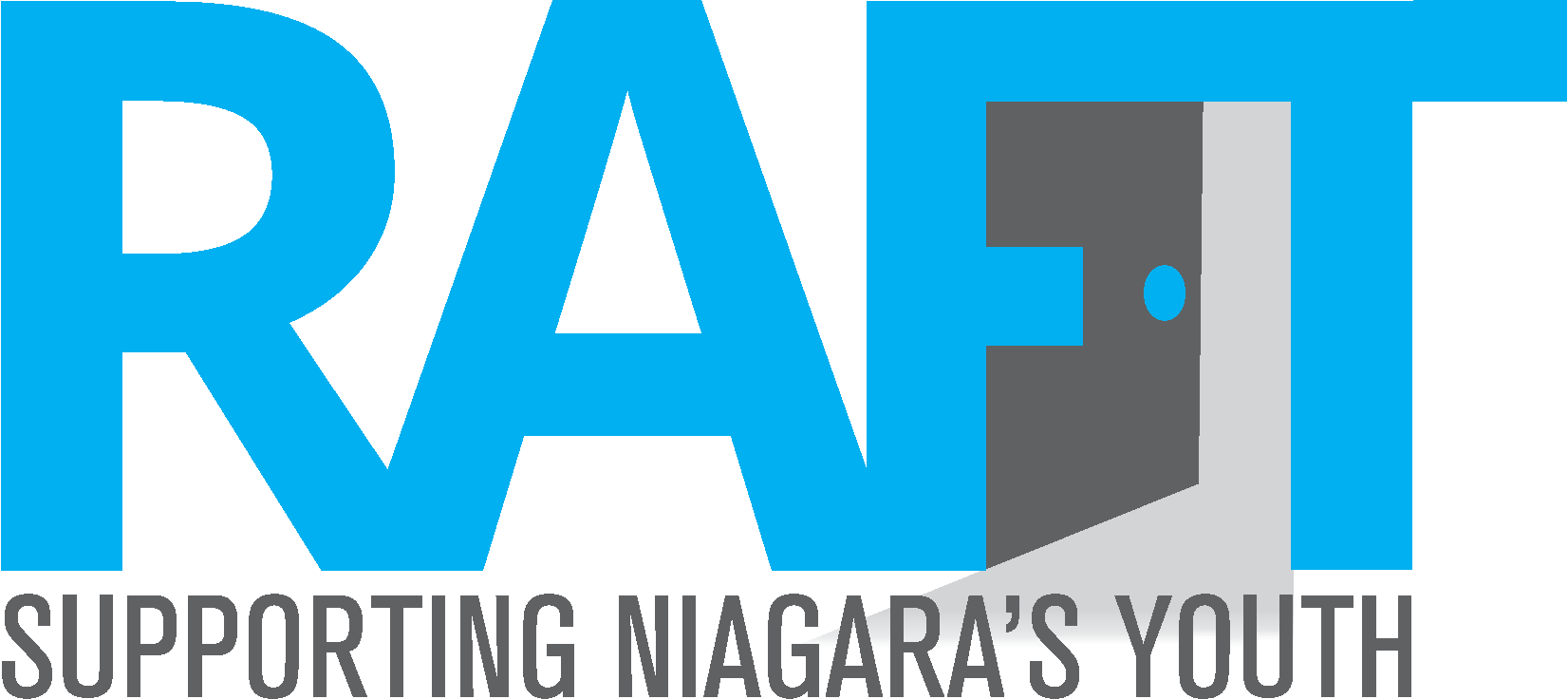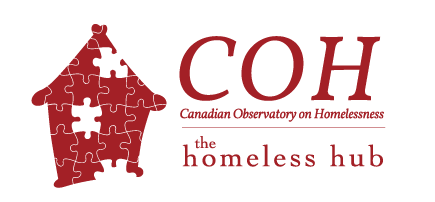The prevention strategies that address youth homelessness in Australia and the UK recognize the central role that schools play in young people’s lives. In communities across both countries, governments support a number of programs and resources that are delivered by non-profit organizations in schools and community centres. In Australia, the government-funded Reconnect Program delivers education and prevention services to young people in schools (see section on early intervention for further details). In the UK, community-based organizations develop and implement prevention programs that are supported and funded by the central government. Importantly, this prevention work begins in schools and targets youth even before they turn 16.
Key to this work is enhancing a young person’s protective factors and personal development, thus making them more resilient. This means helping young people develop more effective problem-solving and conflict resolution skills, and supporting programming that enhances educational engagement. In other cases, there is an active effort to engage parents and enhance their parenting skills.
Finally, there are programs designed to provide information about homelessness, help people work through and identify risks (both students and teachers), and inform them of available supports if ever they are in crisis. These programs also serve another purpose: because they impart information about youth homelessness, they become an early warning system, and may serve to get young people and their families to report a need for support. The presence of agencies in schools also provides teachers with key points of contact when they suspect something is wrong.
In the review of preventive strategies in the UK, authors argued that such programs provide a means to:
- increase young people’s awareness of the ‘harsh realities’ of homelessness and dispel myths about the availability of social housing;
- challenge stereotypes about homeless people, particularly regarding their culpability;”
- “educate young people about the range of housing options available to them after leaving home and raise awareness of help available;
- emphasize young people’s responsibilities with regard to housing;
- teach conflict resolution skills that may be applied within and beyond the home and school.
Furthermore, researchers report that these programs are generally well received and highly effective. They are particularly well received when there is a peer-educator component to the work. The Schools Training and Mentoring Project (STaMP), operated by St. Basils in Birmingham (UK) targets older teens, and includes workshops on the harsh realities of being homeless. The STaMP program also provides school staff with robust assessment tools to help them make a determination of someone’s risk of homelessness. When they identify someone deemed to be at risk, they are able to refer the young person to the STaMP project, where the young person will be linked to a trained peer mentor who has direct experience of homelessness (the peers are trained and given a lot of back-up support). The mentoring relationship can then be established and nourished, and the mentor can help the young person look at a number of options and links to appropriate resources.
 Media Folder: |
|
Safe Place is a national youth outreach program in the United States that focuses on educating young people about the dangers of life on the streets, and also provides supports and interventions for young people who are at imminent risk of homelessness. The ‘safe place’ sign helps identify Safe Place locations, which are typically distributed in communities that are accessible to young people, such as schools, fire stations, libraries, grocery and convenience stores, public transit, YMCAs and other appropriate public buildings. When a young person goes to a Safe Place and makes contact with an employee, they are provided with a quiet comfortable place to wait while the employee contacts a Safe Place agency. Trained staff (volunteers and paid staff members) meet the young person and will help them access counselling, supports, a place to stay or other resources, depending on their needs. Once a plan is in place, the family will be contacted, and efforts are made to provide families with help and professional referrals. Young people find out about Safe Place through presentations in schools, word of mouth, social media and public service announcements. For more information: http://nationalsafeplace.org/ |
|
|
The Homeless Hub offers a range of free resources for primary, intermediate and secondary teachers. This includes lesson plans across a number of subject areas, backgrounders, supplementary resources such as videos, and resources for students. It is worth considering how these resources might be used (and expanded) as part of a broader school-based prevention strategy. Access educational resources: http://www.homelesshub.ca/Education/ |
 Media Folder: |
|
Youth Reconnect is an early intervention shelter diversion program developed in Southern Ontario’s Niagara region. This region includes rural areas, many small towns and a mid-sized city, St. Catherines. The outcome of a collaborative pilot project involving youth homeless service providers, the goal of this community-based prevention program is to help homeless and at-risk youth, from both urban and rural areas, stay in their communities and obtain needed supports. “The initiative helps clients access resources and increases their self-sufficiency, by assisting adolescents to maintain school attendance, secure housing and develop a social safety net in their home community”. The desire is to prevent them from frequenting youth shelters in St. Catherines or Toronto, by which time their exposure to a range of risks, including addictions, crime and sexual exploitation, may make helping them move on with their lives that much more difficult. Program DesignThe program developed as a partnership between a broad range of service providers. The program targets young people between the ages of 16 and 19, who are referred by high schools, community partners, social service agencies and police. The young person is then met by a Reconnect worker to assess their needs and develop a community-based plan of action designed to help them draw on local supports, enhance protective factors, reduce risk and stay in school. If they need crisis housing, they are transported to one of the local hostels on a temporary basis until arrangements are made for them to move back into their community. Typical program interventions include:
For more information, visit: www.theraft.ca |
 |
|
The Schools Work project operated by Alone in London (UK) is aimed at young people (aged 11 to 18), in order to help them understand and address conflict issues, whether they are occurring at home or at school. The aim of the project is to: a) prevent family breakdown and youth homelessness, b) provide crisis intervention, c) support and listen to young people, and d) ensure that long-term support is available. “The schools we work in are in inner London boroughs, (where young people) experience not only family conflicts but conflicts within their local communities, so for example they might be involved in local gangs, other issues they might face is that they can’t speak English as a first language, there will be cultural problems between the peers themselves such as bullying or racism. … The sessions we do in the school are on “What is homelessness? What are the causes? And with that we do conflict resolution skills so we give them something concrete to learn about and take away with them, so the resolution isn’t just about family conflict but also peer conflict which would include things like listening skills, managing your anger a little bit better, communication blockers and things like that. At the end of the session we leave them an open forum for them to self refer, should they wish to.” Aneesha Dawoojee, Family Mediation & Schools Work Manager (Smith & Deutschman (2010). For more information: http://www.aloneinlondon.org/Our_services/ Schools_work_project |
Note that much of this content is borrowed from the Coming of Age: Reimagining our Response to Youth Homelessness in Canada report.







 Homelessness Curriculum for Schools
Homelessness Curriculum for Schools